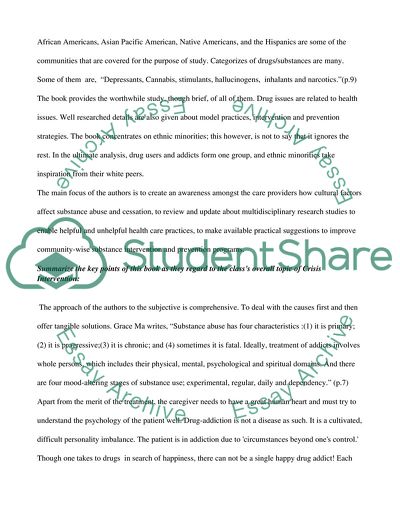Cite this document
(“Ethnicity and Substance Abuse Book Report/Review”, n.d.)
Retrieved from https://studentshare.org/health-sciences-medicine/1563052-ethnicity-and-substance-abuse
Retrieved from https://studentshare.org/health-sciences-medicine/1563052-ethnicity-and-substance-abuse
(Ethnicity and Substance Abuse Book Report/Review)
https://studentshare.org/health-sciences-medicine/1563052-ethnicity-and-substance-abuse.
https://studentshare.org/health-sciences-medicine/1563052-ethnicity-and-substance-abuse.
“Ethnicity and Substance Abuse Book Report/Review”, n.d. https://studentshare.org/health-sciences-medicine/1563052-ethnicity-and-substance-abuse.


